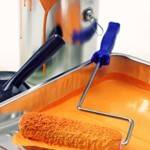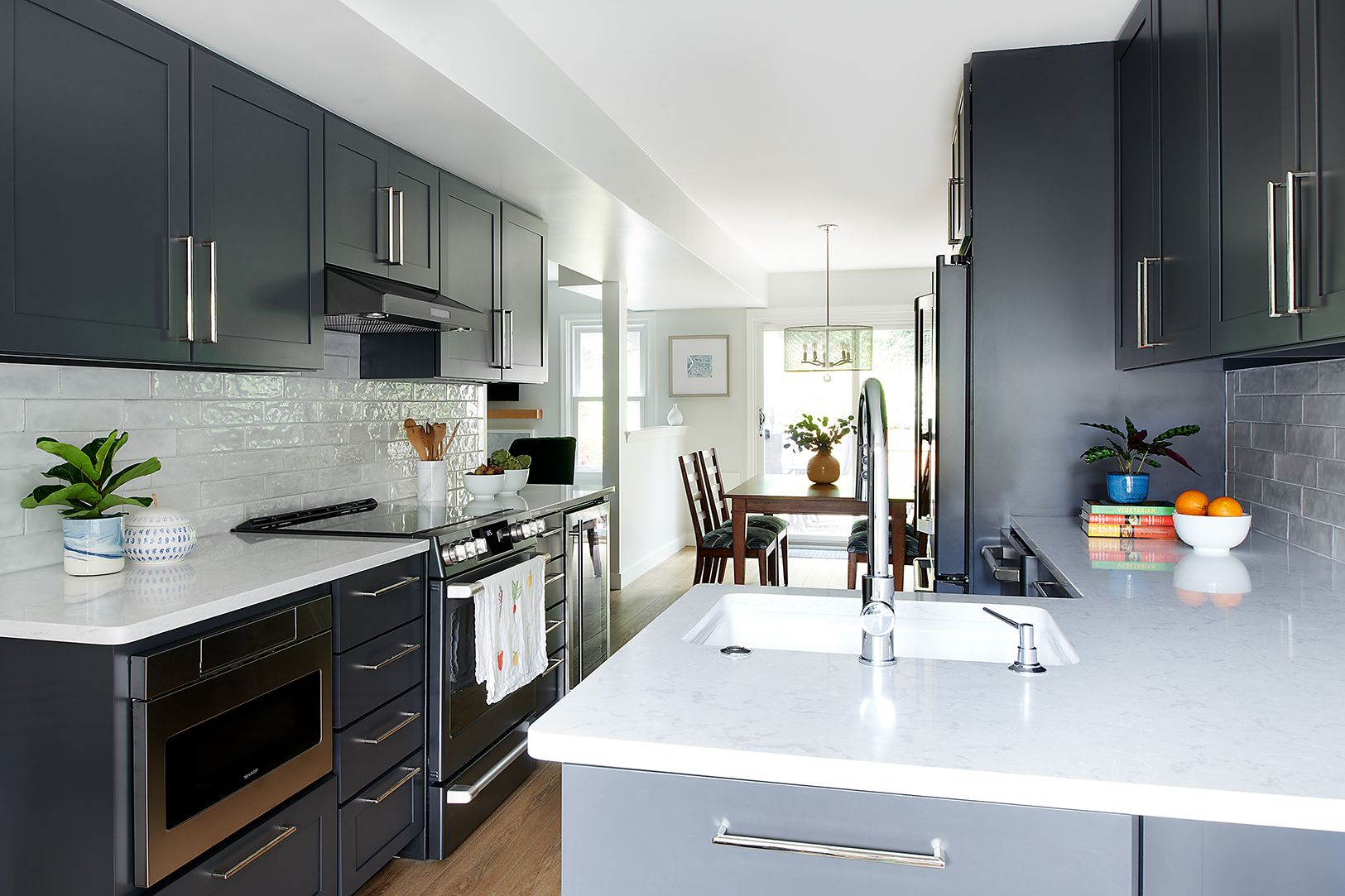Painting is one of those home improvement projects that can seem simple to anyone not aware of the steps involved. Although most people want to get started right away and would like to have their project done quickly, there are several considerations before starting.

The most important question to ask before you get started with any painting project is: Do you have the right tools? Painting requires more than just a brush and paint if you’re going to successfully change the color of any room. Here are some important items you’ll need before you get started.
- Paint Chip Colors – Almost everyone starts with a good idea of what color you want a room to be. Paint chip samples are free at paint and home improvement stores, and you can select several tones in the color(s) you are considering. When you decide which two or three colors you like best, tape the paint chip cards to the wall and leave them there for several days. This will allow you to see the color in all lights at various times throughout the day. What looks good in the morning may not look so appealing in the late evening. Additionally, some paint stores even provide small paint samples so you can put a little on the wall, let it dry and see how you like it.
- Drop Cloth – It doesn’t matter how careful you’re planning to be, tiny paint splatters will get the better of you if you don’t invest in a drop cloth. The best are thick canvas ones that will hold paint even if the can itself were to spill. Though the better-quality drop cloths can be pricey, keep in mind that your investment is long term — they can be reused for many years and projects to come.
- Primer – Primer is necessary if the room is any color other than white to begin with. It serves three purposes: to help the paint better adhere to the wall, to prevent mold issues in areas such as bathrooms and to reduce the number of coats of paint to be applied for darker walls.
- Paint Brushes and Rollers – There are different tools for different tasks. Select your brushes depending on whether you are using water- or oil-based paint; use angled brushes to “cut in” along baseboards and the ceiling. There are also a variety of rollers depending on the type of wall you are painting, such as a textured wall or ceiling versus a smooth finish. A sales rep at the home improvement store can assist you in finding the correct tools for your specific needs.
- Painter’s Tape – Along molding and edges where you don’t want paint, use a quality painter’s tape. This will allow for straight lines. Test out the seal of the tape first by lightly painting around the tape to ensure no bleeding occurs. If it does, make sure to press the entire length of the tape against the wall before starting again.
In addition, to prep the area, remove outlet and light switch covers, move furniture out of the way, and have ladders or other equipment nearby and ready to go.
When you begin the project prepared, the job will not only be easier, but it will cause less stress and allow you to enjoy the process as well as the results.

